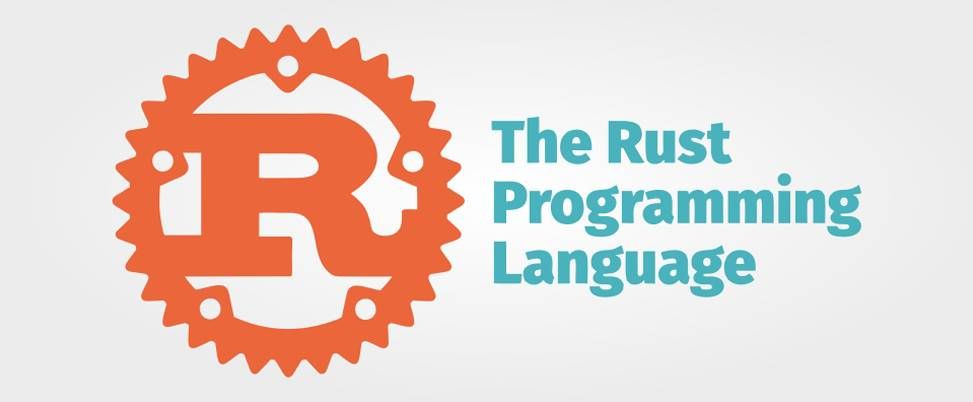Table of Contents
ToggleIntroduction – What is Rust?
Rust is a modern computer programming language created by Mozilla in 2010. It was designed to solve the problem of invalid memory access faced by developers using C and C++.

Consequently, it allows them to build high-performance applications.
Rust is particularly useful for designing and writing computer programs that integrate hardware and software smoothly.
The main reasons for using Rust are improved safety, speed, and concurrency. This allows to run multiple computations simultaneously.
In simple terms, Rust is used for three essential purposes in programming: performance, safety, and memory management. As a result, Rust is ideal for developing advanced applications like gaming engines, operating systems, and browsers that require scalability.
Must read: Features of Rust
Why is Rust Becoming a Popular Programming Language?
According to Stack Overflow 2023 Survey, Rust is the best programming language, with over 87% of developers saying they want to keep using it in the coming year.

For the past 8 years, Rust has been a popular choice among developers who want to try new technologies. It has a significant lead of more than 60 percentage points compared to other options. Once developers get to know Rust, they find themselves much more eager to use it than other dominating programming languages such as JavaScript.
Rust was created by addressing the shortcomings of various languages. Also, Rust is an open-source language. This allows many developers to improve it. The language has a thriving community with quick online support.
Rust’s popularity among developers is also due to its impressive features. Rust’s all-in-one tool, Cargo, handles code compilation, testing, documentation generation, package uploads, and more. It is considered one of the best languages for developing web and cross-platform applications.
As a modern alternative to C and C++, it offers comparable speed but with better memory, type, and thread safety. Major companies, including Dropbox, Meta, and Arm, have shown interest in the Rust Foundation, and more are joining.
Thanks to its ownership and borrowing approach for memory management, Rust provides better performance, making it faster and safer in handling data. This speed advantage makes Rust a preferred choice over Python for projects that require low-level control and high performance.
One of Rust’s standout features is its safe mode, which identifies bugs and memory vulnerabilities during compilation. It thus prevents issues in later stages of development.
Also, Rust’s ecosystem is booming with a wide range of third-party libraries and frameworks. From web development to graphics programming and machine learning, Rust has it all covered. Some of the popular ones include Rocket, actix-web, Tokio, serde, wasm-bindgen, rust-crypto, rust-gpu, and tch-rs.

The best part is that Rust emphasizes stability and backward compatibility. So, the code you write today will still work with future versions of Rust. Whether you’re an experienced Rust developer or just starting with Rust, its ecosystem of libraries and frameworks will make your coding journey smoother and more exciting.
In today’s world, sustainable practices are crucial, even in programming languages. Rust has become a standout choice for a greener future. It’s efficient and uses less energy by operating closely with hardware without needing a garbage collector. This makes it great for multi-core processors, optimizing resource usage and reducing memory leaks. Major companies like Google and Amazon are adopting Rust for secure and efficient systems.
Also read: Difference Between C and C#
Use cases of Rust Programming Language:
- Blockchain Technology: Blockchain handles sensitive financial transactions and personal data. Rust’s strict compilation checks and safe concurrency model add robust security. Therefore, memory corruption and data races are reduced at high rates.
- WebAssembly: Due to its high performance and memory safety, Rust is well-suited for complex web applications that run at near-native speed in browsers.
- Game Development: Rust’s ability to handle complex computations and memory allows it to develop many games. Rust developers can create high-performance game engines and components.
- Cloud Services and Networking Infrastructure: Its high performance allows it to build scalable and efficient cloud infrastructure with robust security. Its memory safety features provide a reliable platform to build a secure and reliable infrastructure.
- IoT Devices and Networking Apps: Rust emphasizes more on low-level control, minimal runtime, and safety features, making it an ideal option for developing firmware and IoT applications. Its zero-cost abstractions and concurrency support allow Rust developers to create safe network protocols and services.
Read more: C# vs C++ for Web Development

Don't miss out on your chance to work with the best!
Apply for top global job opportunities today!
Conclusion: What does the future hold for Rust?
The programming industry recognizes the potential of Rust. Experts believe it will become even more popular in the future. The strong demand for Rust indicates a promising future for the language. Additionally, Rust’s relatively recent emergence and the vitality of its community further suggest positive growth prospects.
Despite being a relatively new language, Rust’s freshness is an advantage, as it makes it well-suited to tackle modern challenges in the age of software-defined everything. For instance, Volvo uses Rust to explore the concept of software-defined vehicles. Rust allows developers to write high-performance, low-level systems code without compromising safety and ease of use, says Steve Klabnik, the Community Team Leader for the Rust team at Mozilla.
As Rust gains popularity among developers, it becomes easier to use due to the increasing availability of resources and support. Rust might become the standard language for various fields if this trend continues. Its unique combination of high-level abstractions and low-level control makes it ideal for building safe and efficient systems software, according to Carol Nichols, co-author of “The Rust Programming Language.”
The “Inside Rust” blog reveals exciting plans for Rust’s development in 2024. The team aims to make the language accessible to new users by addressing shortcomings and reducing the learning curve. They also plan to empower library authors to create more resources, addressing the limited number of available libraries. Additionally, the Rust team intends to scale the project to fit new use cases and accommodate more users.
Considering all these factors, Rust is undoubtedly a language worth watching, whether you are deciding which language to learn or which technology to include in your project. If you want to hire a Rust programmer, then sign up with Olibr now.
Take control of your career and land your dream job!
Sign up with us now and start applying for the best opportunities!

FAQs
To learn Rust programming, you must have the necessary tools installed on your laptop. Get familiar with the basic concepts of ownership, borrowing, and lifetimes. And then understand the workings of variables, functions, and control flow in Rust programming. Once you are clear, move on to advanced concurrency and multithreading. Finally, you can build a real-time project that can solidify your skills.
Rust is considered difficult by most of the developers. However, most complex projects can be smoothly integrated using Rust.
Rust’s raw performance is phenomenal; Python lacks zero-cost abstractions, and Rust’s memory safety features and low-level control give it an upper edge.
Many developers view Rust as the modern version and combo pack of C and C++. Because it is used in system programming, and embedded systems like C and C++. It also has remarkable raw speed, like C, which makes Rust similar to C.

